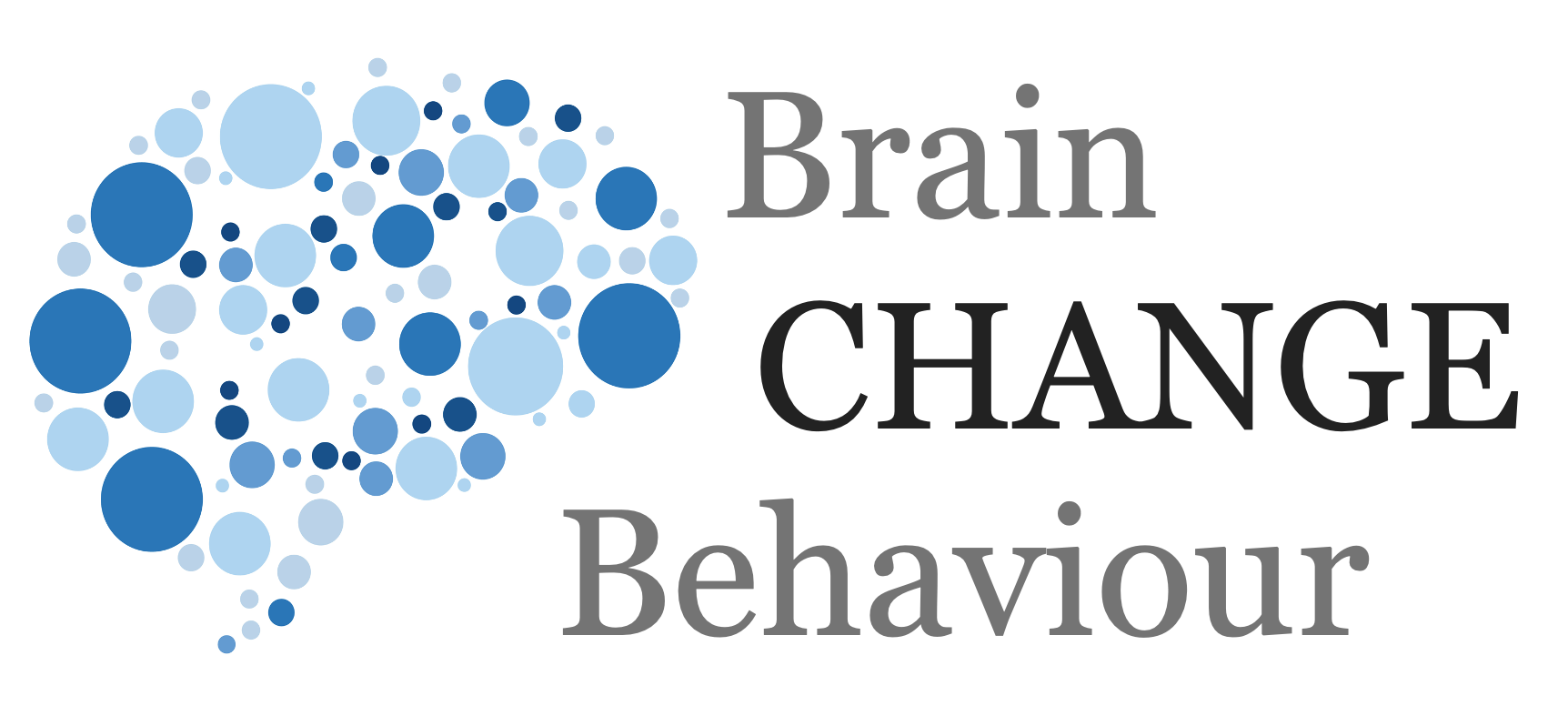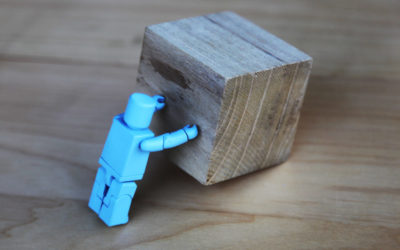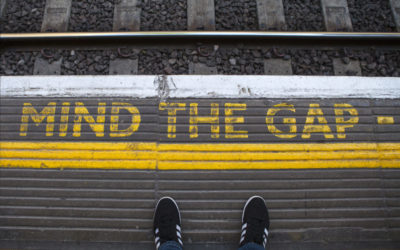Article
Change Models

When a combination of motivation and ability places a person above the activation threshold, then a prompt will cause that person to perform the target behavior. If a person is placed below the activation threshold, then a prompt will not lead to the target behaviour.
The B-MAT model is similar to the COM-B model included in the Behavioural Change Wheel which aims to explain behaviour and its antecedents and therefore aim to guide behavioural change attempts. It was put forward by BJ Fogg of the Persuasive Technology Lab of Stanford University. It is therefore also called the Fogg Behaviour Model (FBM)
B-MAT states that behaviour is a result of Motivation + Ability + Triggers. These are further broken down into key components.
Motivation:
-
- Sensation – these are our primitive motivations with little thinking or reflection involved.
- Anticipation – these are our reward (or fear) based motivation either through positivity, or financial, or alternative rewards.
- Belonging – is driven by our social desire to be part of a group and our sensitivity to social views and acceptance.
Ability:
-
- Time: The individual has the time to perform the target behaviour or the time taken is very low.
- Money: The individual has enough financial resources to pursue/start the behaviour. In some cases money can buy time.
- Physical effort: Target behaviours that require physical effort may not be simple enough to be performed.
- Brain cycles: Target behaviours that require high cognitive resources may not be simple hence undesirable for behaviour change.
- Social deviance: These include behaviours that make the user socially deviant. These kind of behaviours are not simple.
- Non-routine: Any behaviour that incurs disrupting a routine is considered not simple. Simple behaviours are usually part of routines and hence easy to follow.
Triggers
-
- Spark: The spark is a trigger that comes with added motivation. It’s perfect for those who have the ability but lack the motivation.
- Facilitator: While some people have the motivation, they still can’t achieve what they want to. For these people facilitation is needed either trhough guidance, or training, or support.
- Signal: Some people are ready to change. They have the motivation, they have the ability, all they need is the starting gun to fire and they’ll get going. Hence all they need is a spark.
Summary
B-MAT is a useful tool for analysing behaviour and particularly in indivdual case but also in larger scale initiatives. However, it fails to fully describe motivation (SCOAP is more accurate and comprehensive here). It also fails to include environmental contexts though some of these will be included in the Ability section.
It is still a useful and easy to understand guide for individual change.
Simple Takeaways
-
- Behaviour is driven by Motivation + Ability + Triggers
- B-MAT give you a framework to analyse behaviour and hence design interventions
© leading brains 2022
Reference
More Articles
Introduction to SCOAP
SCOAP is a complete model of human motivation, behaviour, and wellbeing, summarising over a century of research into the human brain, human psychology, and human behaviour in all contexts.
SCOAP Needs
These are basic human needs which means fulfilling them is essential for human wellbeing and therefore also that having them unfulfilled or violated lowers human wellbeing. These also direct human motivation and subsequently human behaviours.
SCOAP Motivation
Much has been written about motivation and there are many (false) assumptions to motivation also. So let’s start with a simple definition of motivation.
SCOAP Behaviour
Behaviour is about doing things, actions. That is obvious, but there are many grey zones to behaviour. For example do we class breathing as behaviour, or heartbeat, or sweating?
SCOAP Change
As you will have seen with SCOAP, this gives a comprehensive model of human needs, motivation, and behaviour. We can therefore use this to guide behavioural change interventions.
The Undermining Effect
Rewards sound like a good way to instigate behaviour you want. In our world we often think of financial rewards. Good idea, right?
Well, no, rewards can actually lower motivation.
Making Change Stick
The sustainability question, or problem, is ultimately the biggest and most important question or issue.
The Value-Action Gap
The value-action gap has multiple other names: attitude-behavior gap, intention-behavior gap, KAP-gap (knowledge-attitudes-practice gap) or belief-behavior gap.
It refers to the gap between what people often say they value and their subsequent actions or willingness to meaningfully contribute to this value.
Uncertainty Changes Behaviour (But Boiling Frogs Doesn’t)
Why do people make random and unpredictable decisions when uncertainty arises (such as buying toilet paper at the start of a pandemic)?
Deadlines Increase Procrastination
What! I’d get nothing done without deadlines!
Ditto, though I can be very productive, I have a natural tendency to procrastinate. In fact it is one of my natural talents!










